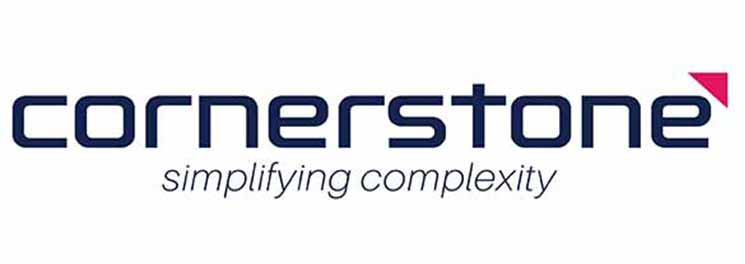
Driving down Risk in User Acceptance Testing
Reaching the point of User Acceptance Testing signals a major project milestone, but you risk derailing your success almost instantly unless you proactively manage your testing strategy well in advance.
Embarking on a journey of a collaborative approach to communication between the client and consultants throughout the lifecycle of the project helps to identify evolving client requirements and reveal unknown risk factors. Without it, the reality of the developed solution can be far removed from the user’s perception.
At Cornerstone, our consultants work to reduce this risk from the beginning of the project lifecycle. This is achieved by showcasing iterative designs and builds and supporting functional testing throughout the development phase. By collaborating with our clients our consultants demonstrate how user requirements can be quickly translated into functional software.
Functional testing at this stage is only the beginning of the testing cycle. Our consultants continue to provide our clients guidance and governance throughout the UAT phase to support the rigors of acceptance testing. This ensures the solution is production ready, is capable to deliver in a live environment and achieves our client’s goals.
Adopting the Cornerstone Approach
If you scrutinise a work plan, UAT will be the longest stand-alone project task. And just like any other task that spans multiple weeks, it pays to break it down into manageable parts. At Cornerstone we recommend mapping out three key phases: Prepare, Execute and Close.
Prepare
To achieve success, you need to understand your goals and the journey you need to take to get you there. The Prepare phase defines every possible route that can take you to your destination. Key things to include are:
Execute
With all that preparation, surely execution should be simple? Not quite. Regular reviews help identify and clear potential roadblocks when things don’t go to plan.
Communication is essential. Cornerstone consultants help you navigate the road ahead and are an active participant throughout your journey. As your trusted advisor we support you on progress reviews, issue resolution and monitoring of timelines. This allows you to keep an eye on your risks and track your progress against your exit criteria.
Close
Getting to this stage is a milestone achievement for any project. But having reached your destination, don’t be tempted to ignore the journey that got you there.
Cornerstone can help you achieve UAT success. By implementing our proven and repeatable methodology we keep our clients in the driving seat by helping you navigate this critical phase.
Follow us on LinkedIn to stay up to date.




